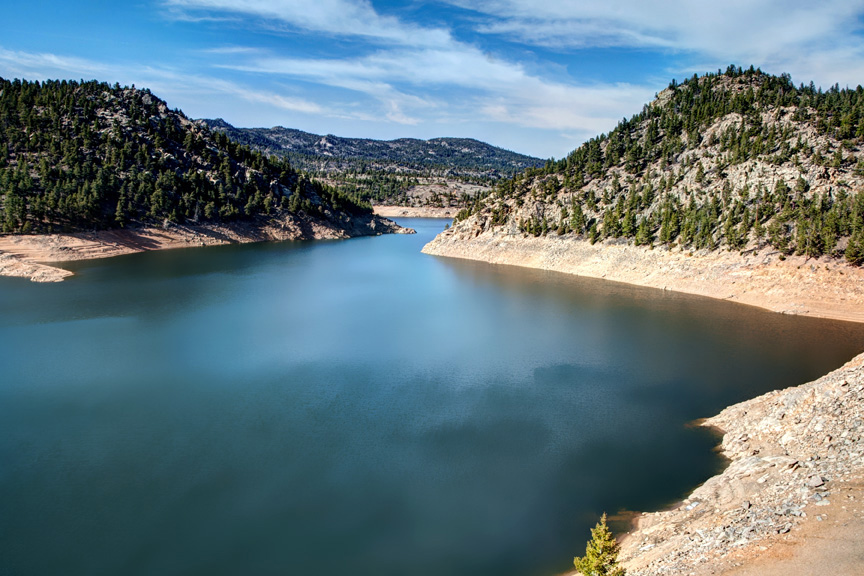By Nelson Harvey, excerpts pulled from an originally published piece in the Summer 2016 issue of Headwaters magazine
 Coloradans put far too much work into Colorado’s Water Plan for it to simply gather dust on the shelf of some government office. Yet the plan, whose final draft was released in late 2015, remains a non-binding advisory document. That means those who helped shape it must take responsibility for acting on it as well. In a third part of our ongoing series on the water plan’s implementation, we examine what we as a state must do to achieve the goals for one of the plan’s nine defined measurable outcomes: storage.
Coloradans put far too much work into Colorado’s Water Plan for it to simply gather dust on the shelf of some government office. Yet the plan, whose final draft was released in late 2015, remains a non-binding advisory document. That means those who helped shape it must take responsibility for acting on it as well. In a third part of our ongoing series on the water plan’s implementation, we examine what we as a state must do to achieve the goals for one of the plan’s nine defined measurable outcomes: storage.
Read the first two parts of the series on meeting the water plan’s conservation goals and meeting the plan’s environmental and recreational goals.

Credit: Julie Kruger
Storage: Adding capacity, flexibility and resiliency to water systems
Whether the water to fill Colorado’s projected mid-century gap of more than 500,000 acre-feet comes from new projects, conservation, or better sharing between farms and cities, we’ll need a place to store it. Aside from giving water providers flexibility in how and when to use their water supplies, adequate storage provides a hedge against droughts, floods and a changing climate. The water plan sets a goal of attaining 400,000 acre-feet of new storage by 2050 by completing at least 80 percent of the projects identified in the 2010 Statewide Water Supply Initiative.
Those projects involve everything from the expansion of existing reservoirs to construction of new ones and increased use of aquifer storage and recovery (ASR), which is the storage of surface water underground. Ensuring adequate storage will also require reforming the arduous water project permitting process. The process includes important environmental protections in compliance with federal laws like the Clean Water Act and National Environmental Policy Act, but can take more than a decade and cost millions of dollars to complete.
According to Becky Mitchell, chief of the CWCB water supply planning section, excessive fear of the permitting process could already be discouraging the pursuit of major projects: “There is some post-traumatic stress from past experiences and people are looking to avoid the permitting process, so we are hoping that if we start by reforming permitting, folks won’t be so afraid to get into it.”
A major improvement would be to “front-load” the process through better coordination between government agencies early in a project’s lifespan. “It has been pretty haphazard in the past as far as when different agencies from different levels of government weigh in,” says Lane Wyatt, co-director of the Water Quality and Quantity Committee for the Northwest Colorado Council of Governments.
To minimize costly last-minute delays, the water plan recommends that each state agency involved in reviewing a water project signs a Memorandum of Understanding early in the permitting process, dictating who will lead the review and how the agencies will work together to gather the data they need.
The water plan also acknowledges the growing importance of multi-purpose, multi-partner water storage projects. Getting a broad range of stakeholders involved in building new storage can help defray the massive expense, complexity and controversy inherent in the enterprise, according to Joe Frank, general manager of the Lower South Platte Water Conservancy District and chair of the South Platte Basin Roundtable.
“You need lots of money, so you need lots of partners,” says Frank. “Also, the more people you bring on board from the agricultural, environmental and municipal communities, the less opposition you’ll run into down the line.”

 Print
Print